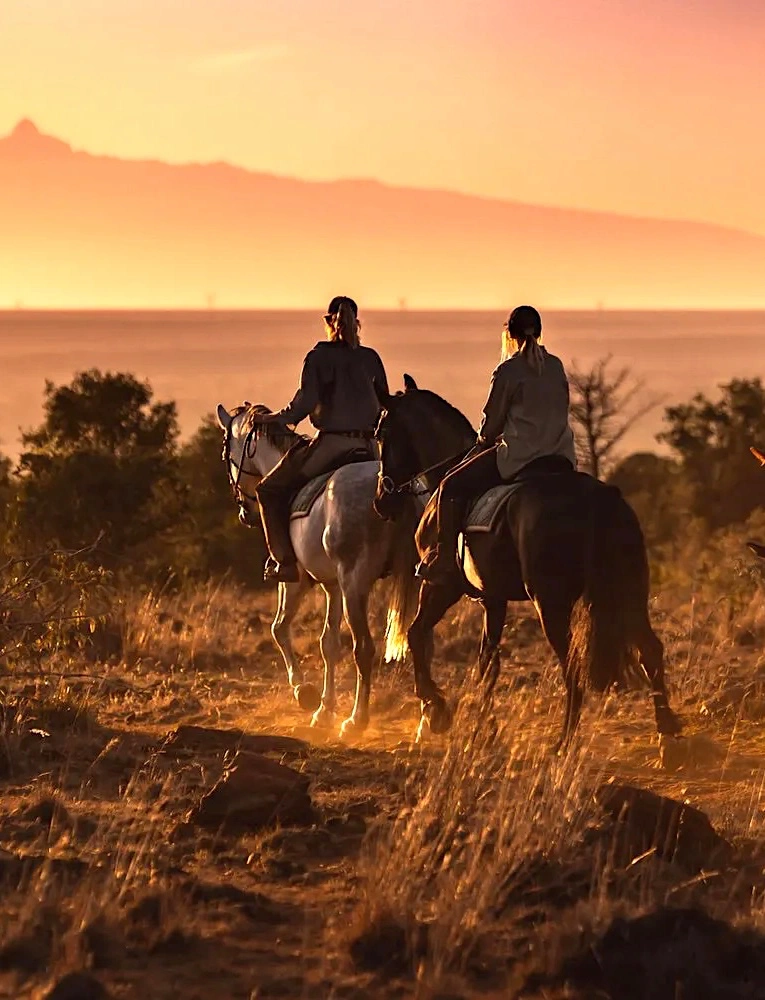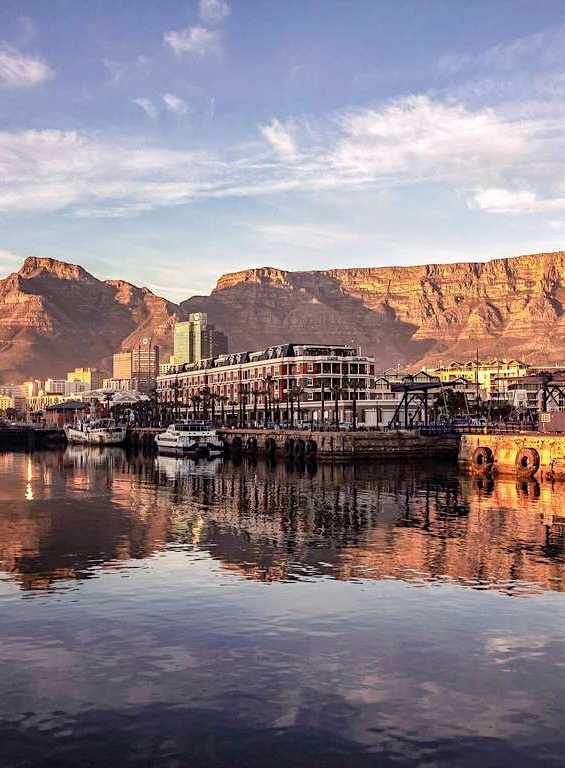
The Ngorongoro Crater

The cradle of life

The Ngorongoro Crater, located in northern Tanzania, is a stunning natural feature and one of Africa’s most iconic landmarks. A UNESCO World Heritage Site, this massive volcanic caldera is celebrated for its unparalleled beauty and remarkable biodiversity. Here’s a closer look at this fascinating geological and ecological marvel.


Easily Tanzania’s most remarkable geological feature. The unique ecosystem of the Crater supports one of Africa’s densest populations of wildlife, making for fantastic game viewing in an even better location.
Exploring the Magnificence of Ngorongoro Crater: Africa's Natural Wonder
Nestled within the heart of Tanzania, the Ngorongoro Crater stands as a testament to the awe-inspiring beauty of nature. This geological marvel, formed millions of years ago from a collapsed volcano, boasts an unparalleled ecosystem that supports a diverse array of wildlife. From its sweeping savannahs to its verdant forests, the Ngorongoro Crater is a sanctuary for both animal enthusiasts and adventurers alike. Let's delve into the wonders of this UNESCO World Heritage Site and uncover the secrets that lie within.
Geological Marvel
The Ngorongoro Crater is the world's largest inactive, intact volcanic caldera, with a diameter spanning approximately 20 kilometers. Its formation dates back over two million years, when a massive volcano erupted and collapsed upon itself, creating the distinctive bowl-shaped depression that we see today. This geological phenomenon is not only a sight to behold but also serves as a vital ecosystem that sustains a remarkable concentration of wildlife.
Biodiversity Hotspot
One of the most remarkable aspects of the Ngorongoro Crater is its unparalleled biodiversity. Within its confines, visitors can encounter an astonishing array of wildlife, including the iconic "Big Five" – lions, elephants, buffaloes, leopards, and rhinoceroses. Additionally, the crater is home to over 400 bird species, making it a paradise for birdwatchers. From graceful flamingos to majestic eagles, the avian inhabitants of the crater add to its natural splendor.
Safari Adventure
Embarking on a safari adventure in the Ngorongoro Crater is an experience like no other. Visitors have the opportunity to traverse its rugged terrain in search of elusive predators and graceful herbivores. Whether embarking on a guided game drive or opting for a self-drive safari, the crater offers endless opportunities for wildlife encounters. From witnessing a pride of lions lounging beneath the acacia trees to marveling at a herd of elephants making their way to a watering hole, every moment spent in the crater is filled with excitement and wonder.

Cultural Heritage
In addition to its natural wonders, the Ngorongoro Crater is also steeped in cultural significance. The Maasai people, who have inhabited the region for centuries, coexist harmoniously with the wildlife that roams the crater's plains. Visitors to the area have the opportunity to learn about the traditional customs and way of life of the Maasai through immersive cultural experiences. From traditional dances to visits to authentic Maasai villages, exploring the cultural heritage of the Ngorongoro Crater adds depth and meaning to any journey.
Preservation Efforts
As a UNESCO World Heritage Site, the Ngorongoro Crater is subject to stringent conservation measures aimed at preserving its natural beauty and ecological integrity. Through sustainable tourism practices and community engagement initiatives, efforts are underway to safeguard the delicate balance of this unique ecosystem. By supporting responsible tourism and conservation efforts, visitors can play a vital role in ensuring that future generations will have the opportunity to marvel at the wonders of the Ngorongoro Crater.

Start planning your tailor-made holiday
Speak to one of our travel specialists




%20copy.svg)


.svg)



.svg)

















































































































































%20copy%203.svg)